Inside: Here are 10 yummy Christmas goodies from around the world to celebrate the holidays and remember your ancestors and their holiday food traditions!
Christmas Goodies From Around the World
Have you ever heard this old English dance tune, “Christmas is coming, the geese are getting fat…?” Well, Christmas is coming, and with it comes the tradition of making and creating Christmas goodies!
One of our favorite holiday traditions is baking Christmas goodies in the form of cookies, cakes, candies, and more. Growing up, our family baked over 900 Christmas goodies in anticipation of holiday celebrations. Everything was popped in the freezer until Christmas Eve when the official celebrations began.
Most of our Christmas goody recipes were passed down from our ancestors who came from Germany, England, Sweden, and France. These traditions still continue today with my children and now my grandchildren.
If you want to make and bake holiday cookies cherished by your ancestors, check out, A World of Cookies for Santa by M.E. Furman. It covers Christmas cookies and legends from 32 countries with recipes included!
Here are some of our favorite Christmas goodies we’ve been making for 50+ years and passed down from our ancestors!
#1 Christmas Goodies from Sweden: Cinnamon Rolls
Who doesn’t love cinnamon rolls? Apparently, they originated in Sweden when cinnamon spice was introduced to Europe. In Sweden, they are called “kanelbulle,” and are made on October 4, as a national holiday treat.
We switched things up a bit and in 1975, we began baking cinnamon rolls for Christmas morning breakfast to celebrate our Swedish ancestors.
They are definitely a family favorite—even if they do take 3+ hours to make! And now several of our sons make cinnamon rolls on Christmas morning to continue the tradition.
Click here to get my recipe. They are delicious and worth the effort!
#2 Christmas Goodies from Germany: Marzipan
The invention of marzipan is said to have originated in Germany—but other sources say Persia, Italy, or Hungary.
My German grandmother talked about marzipan—but never made it. My husband, who is also of German origins started making it in 1980 after taking a class. I was fascinated with the little fruits he sculpted from the marzipan and painted with icing colors.
Here is the 1980 recipe from his class. With our children, we made fruits and vegetables and painted them with icing colors. If you have ancestors from Germany, Italy, Hungary, Persia, or the Orient—consider turning marzipan into one of your favorite Christmas goodies!
- 8 oz. almond paste
- 3-4 Tablespoons clear Karo syrup
- ½ teaspoon white vanilla
- ½ cup marshmallow crème
- 1 pound sifted powdered sugar
- Icing colors
- Break up almond paste into a bowl
- Mix Karo syrup, vanilla, marshmallow crème until smooth
- Add sifted powdered sugar
- Knead until well-blended
- Wait 24 hours before forming into shapes—easier to sculpt the dough
- Make apples, bananas, carrots, cherries, figs, grapes, lemon, lime, etc., and paint with icing colors.
#3 Yummy Christmas Goodies: Mock Mince Pie from England
Mincemeat pie originated in the Middle East and was brought to England by the Crusaders but today it is definitely considered British! The legend goes that if you eat a mince pie every day from December 25 to January 5, you will be guaranteed happiness for the next 12 months.
My great-great-grandfather (George Henry Abbot Harris) was from England and his favorite Christmas pie was Mincemeat or Mince Pie or Christmas Pie. My grandmother (Ida Harris Peck) followed the tradition of her father and grandparents and made mince pie every Christmas for my father (Maxwell Cannon Peck) and her family. Later our family joined this Christmas tradition of making mince pie every year. I still remember my dad eating mince pie at Christmas time and relishing every bite!
My grandmother’s recipe was more of a “mock mince pie” because there was no meat in it. Instead, it was loaded with apples, raisins, cranberries, lemon peel, and lots of different spices. As I grew up, my taste buds matured, and today, I enjoy a SMALL slice at Christmastime.
Here is my grandmother’s recipe for Mock Mince Pie that she took from the very old Better Homes & Gardens Cookbook (circa 1950s).
- Make your favorite pastry for a 2-crust 9” pie or 12 mini pies
- Mix together the following for the mince filling
- 1⅓ cups sugar
- ½ teaspoon salt
- ½ teaspoon cinnamon
- ¼ teaspoon cloves
- ¼ teaspoon ground ginger
- Mix together the ingredients above and add:
- 1 ½ cups finely chopped apples (Granny Smith)
- 1 cup raisins
- ½ cup jellied cranberry sauce, diced
- ⅓ cup coarsely chopped walnuts
- 1 teaspoon grated orange peel
- ½ teaspoon grated lemon peel
- ¼ cup fresh lemon juice
- Mix everything together and pour into a 9” pie plate with pastry or 12 mini pastry cups (muffin tin).
- Dot with butter
- Arrange the pastry on top of the pie or mini pies. Seal the edges and make cuts to allow steam to escape.
- Bake in a hot oven: at 400 degrees for 30-35 minutes
- Serve warm with a slice of sharp cheddar cheese or hard sauce
#4 Lebkuchen from Germany
Cookies began popping up in the 7th century in Persia when the use of sugar became common. The making of cookies spread across Europe and by the 14th century, everyone was baking cookies—especially to celebrate the holidays.
My mother and grandmother were German so one of our Christmas traditions was making Lebkuchen cookies. Lebkuchen originated in Nuremberg, Germany over 600 years ago and is made with honey, molasses, almonds, candied fruit, and spices.
Growing up, it was not my favorite cookie but changing the “glaze” into a wonderful light lemon glaze made all the difference when making these cookies with my sons and grandkids. Or you can decorate them like in the picture with frosting and candies.
Here’s the recipe our family used—from the 1968 Better Homes & Gardens Cookbook.
- 1 egg
- ¾ cup brown sugar
- ½ cup honey
- ½ cup dark molasses
- 3 cups flour, sifted
- 1 ¼ teaspoons ground nutmeg
- 1 ¼ teaspoons ground cinnamon
- ½ teaspoon soda
- ½ teaspoon ground cloves
- ½ teaspoon ground allspice
- ½ cup slivered almonds
- ½ cup mixed candied fruit, finely diced
- Beat egg, add sugar, and beat together
- Stir in honey and molasses
- Sift together dry ingredients; add to the first mixture, mix well
- Stir in nuts, fruits
- Chill several hours
- Roll out on a floured baking surface ¼”. Cut into rectangles
- Bake on a greased cookie sheet at 350 degrees for 12 minutes
- Cool slightly. While warm brush with lemon glaze: 1 beaten egg white, 1 T lemon juice, ½ teaspoon grated lemon peel, dash of salt, 1 ½ cups powdered sugar.
#5 Yule Log from France
The Yule Log has a rich and interesting history. It started out as a Viking ritual that was celebrated during the Winter Solstice. A huge log was cut and set afire and legend said it drove away evil spirits and brought good luck to the village people.
This tradition was practiced by the Romans, Persians, Celts, Gaelic Europeans, Scandinavians, English, and finally the French who greatly altered the tradition. They replaced the log with an edible log called, “Buche de Noel,” a log-shaped cake. It was served after midnight mass on Christmas Eve. Families today, in keeping with the yule log tradition, serve logs in the shape of cakes or candies.
Our family did not pass down a Yule log recipe so in 1982, I purchased Marlene Sorosky’s Year-Round Holiday Cookbook and used her Yule Log recipe. But, making a traditional French Yule Log takes time. Check out this easy Yule Log recipe if you want to put something together fast.
It’s the tradition that counts—and not spending hours making the “real deal!”
Traditional Christmas Goodies & Cookies from Around the World
Find out where your ancestors are from and what Christmas goody traditions they celebrated. Then, make a commitment to make those goodies every year during the holidays. Here are some Christmas cookie recipes from around the world that are traditional treats for many families at Christmastime.
#6 Germany: Gingerbread Men
With my sons and now grandkids—we always make gingerbread cookies to celebrate our German ancestry. To add to the festivities, read the classic tale, A Baker’s Dozen by Aaron Shepard
#7 Indonesia: Nastar Cookies
Nastar cookies are filled with pineapple jam and are similar to Chinese pineapple cakes but incorporate the local flavors and ingredients of Indonesia. I’ve never made them but have heard they are delicious!
#8 Mexico: Mexican Wedding Cookies
These nutty, sugar-coated Mexican Wedding cookies have made their way from the Middle East to Europe. It’s believed the recipe migrated to Mexico by way of European Nuns or Spanish conquistadors in the 16th century.
Children in Mexico put them out for Santa on Christmas Eve to eat with a spicy Mexican hot chocolate.
#9 Canada: Nanaimo bars
Layered Nanaimo bars are one of Canada’s most popular Christmas goodies for children living on Canada’s west coast.
They have a chocolate and coconut base, a custard filling, and a smooth chocolate ganache top. A Christmas goody to die for!
#10 Brazil: Brigadeiro
These delicious fudge ball treats are popular in Brazil at Christmastime. Children leave these chocolate treats for Papai Noel on Christmas Eve. The name “brigadeiro” means “brigadier” in English. Click here for the recipe
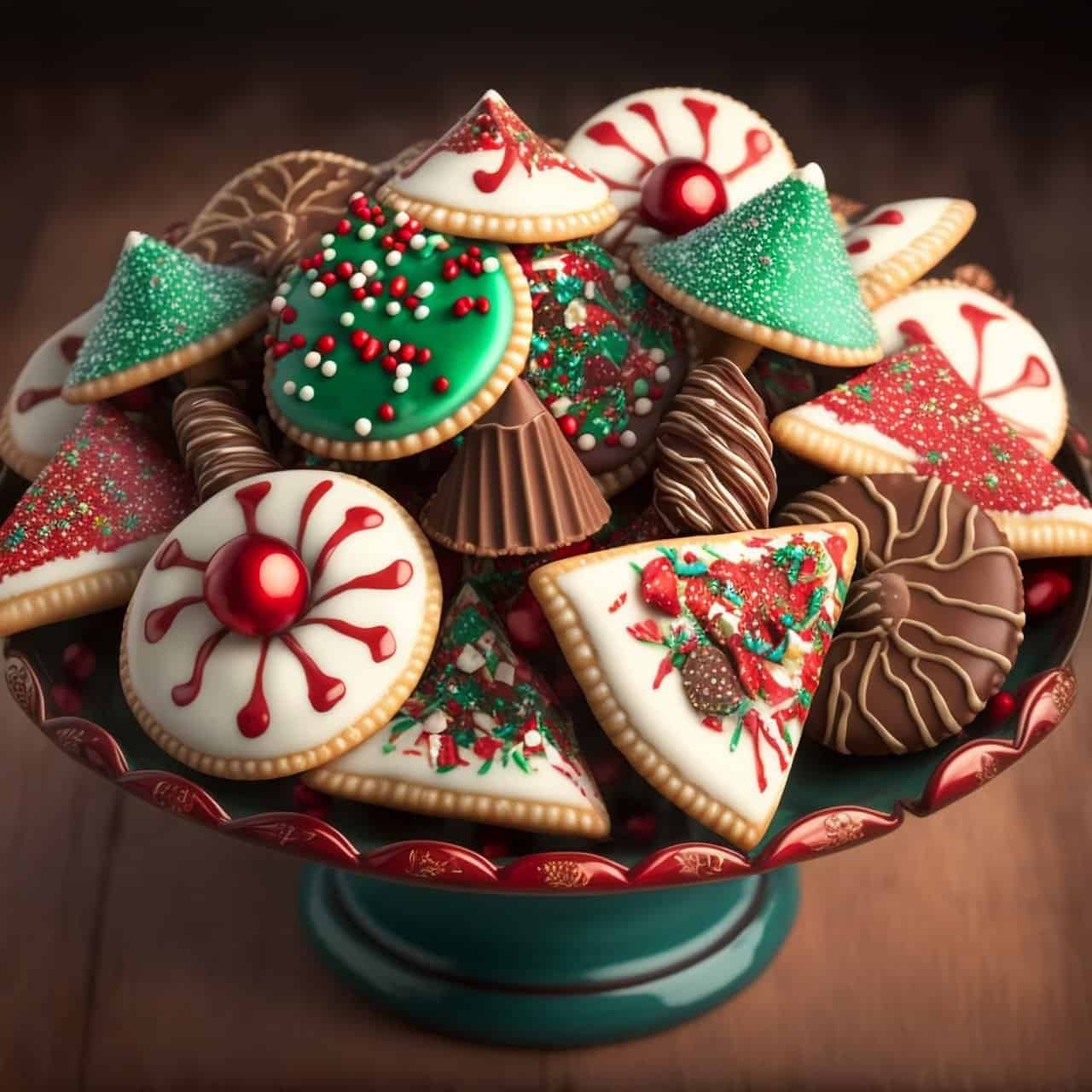
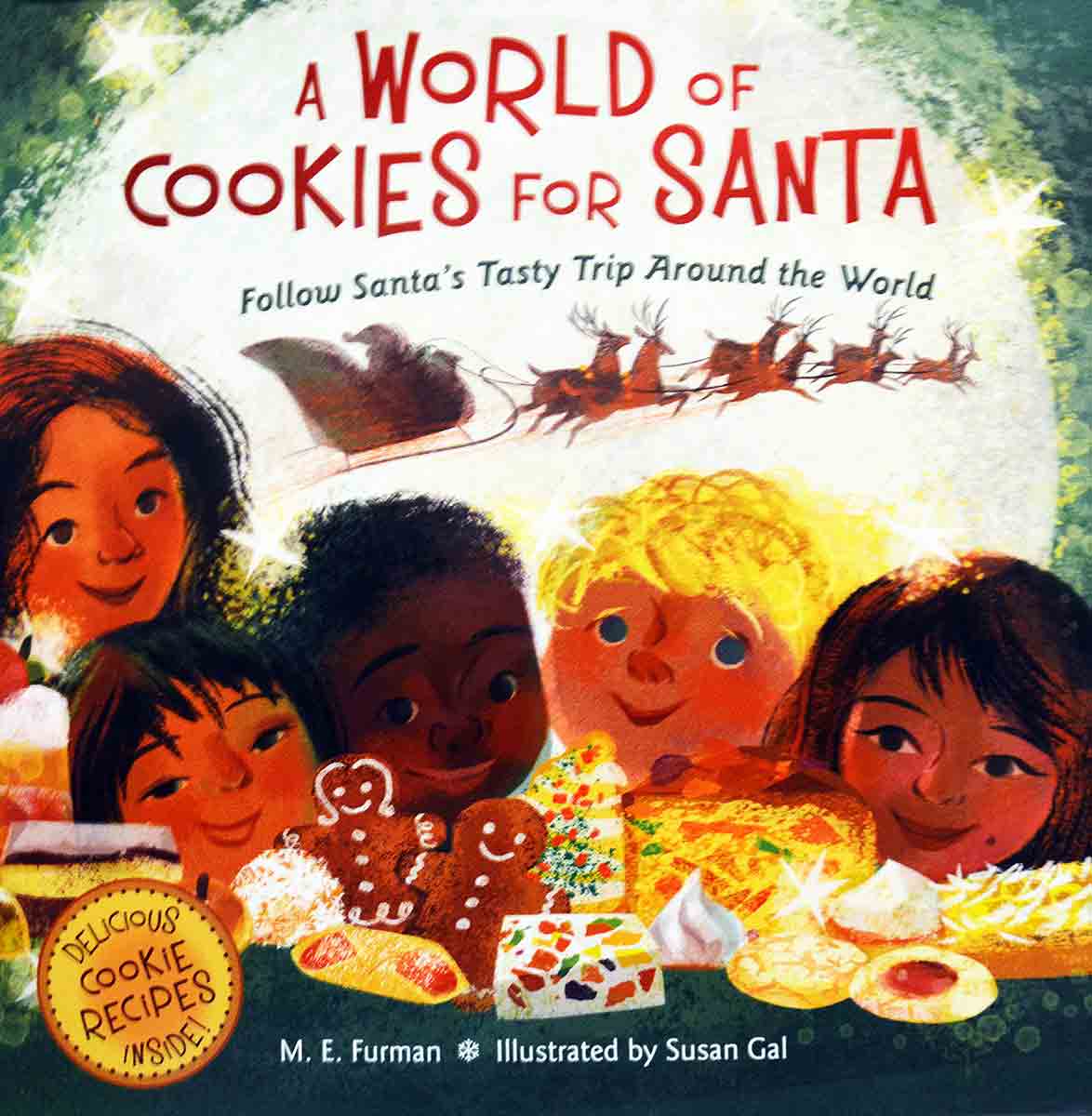

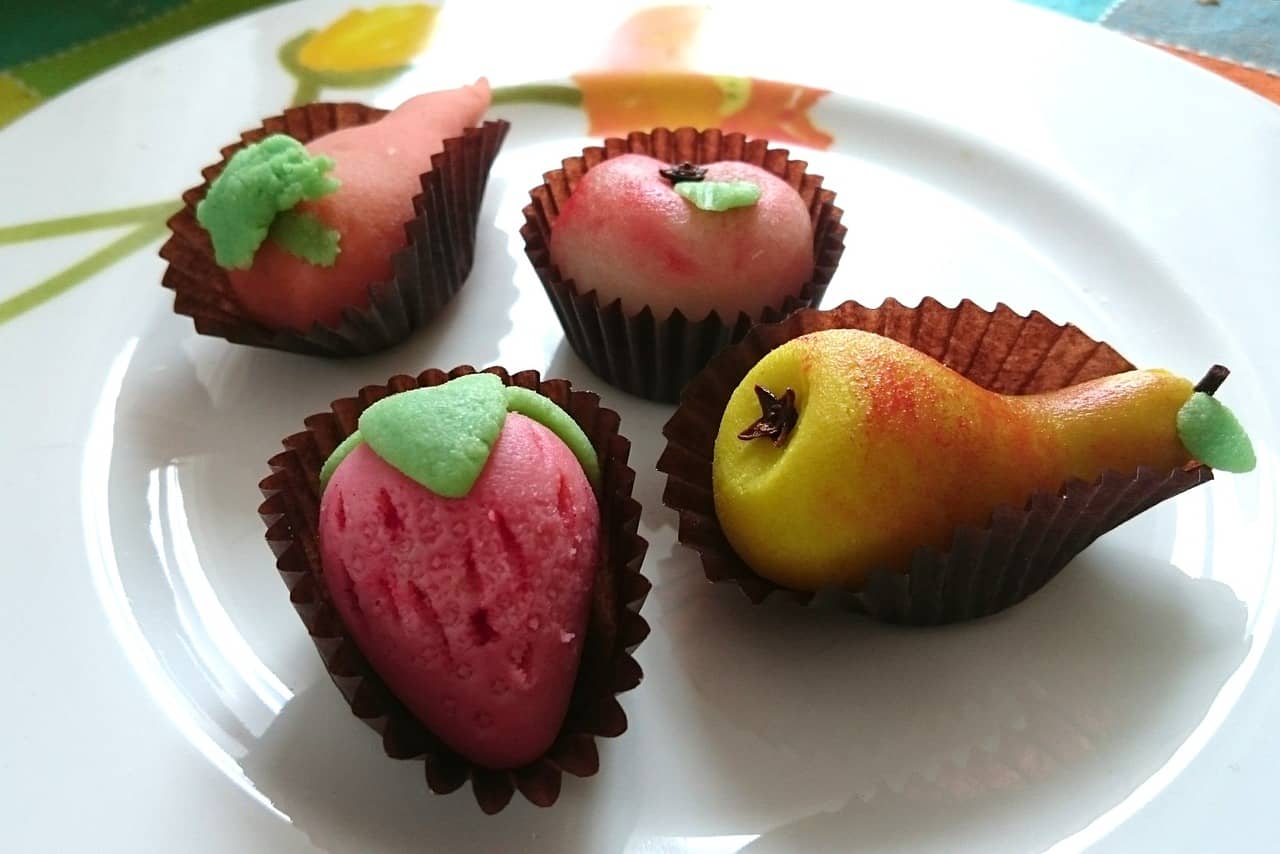
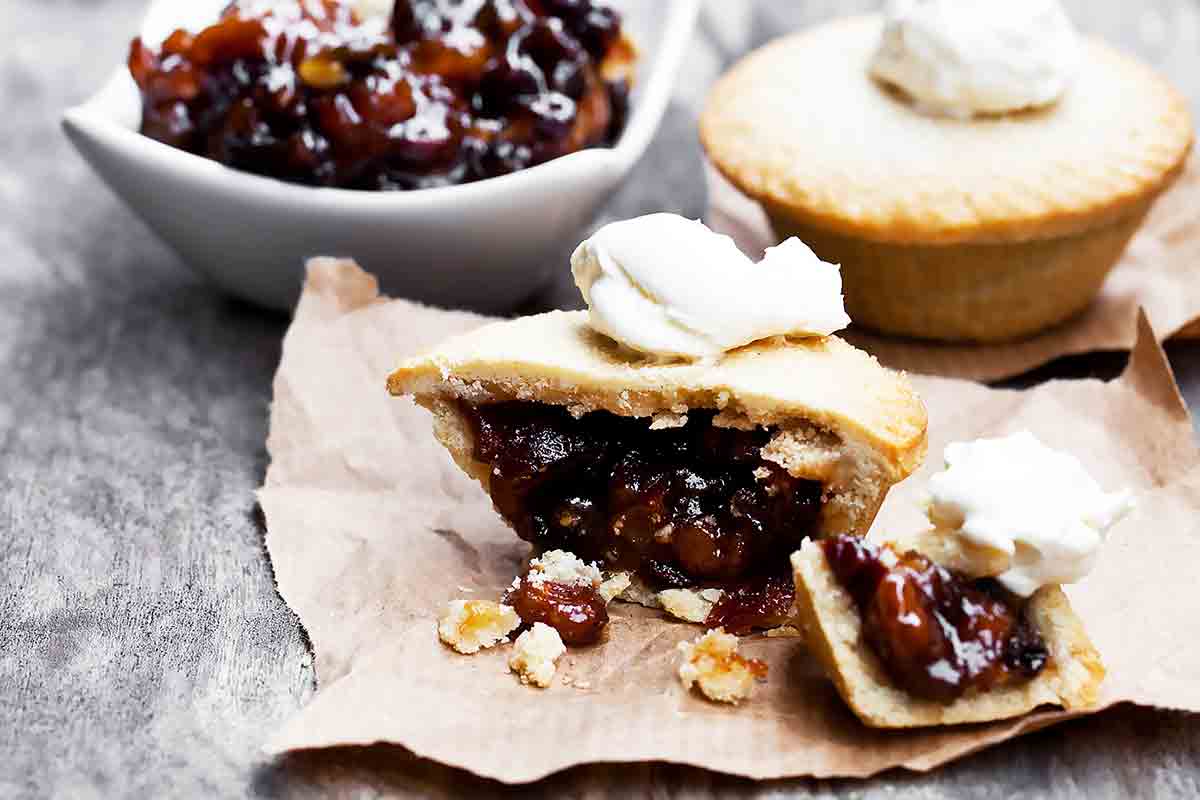



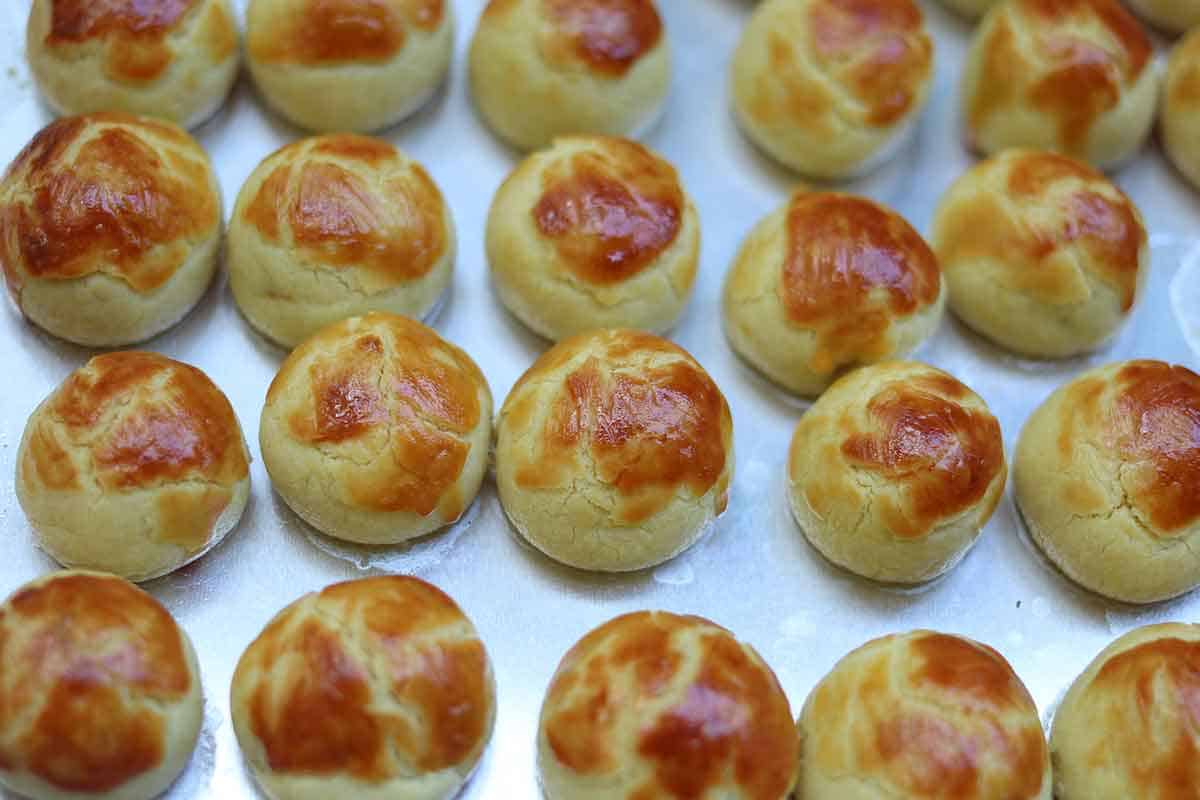
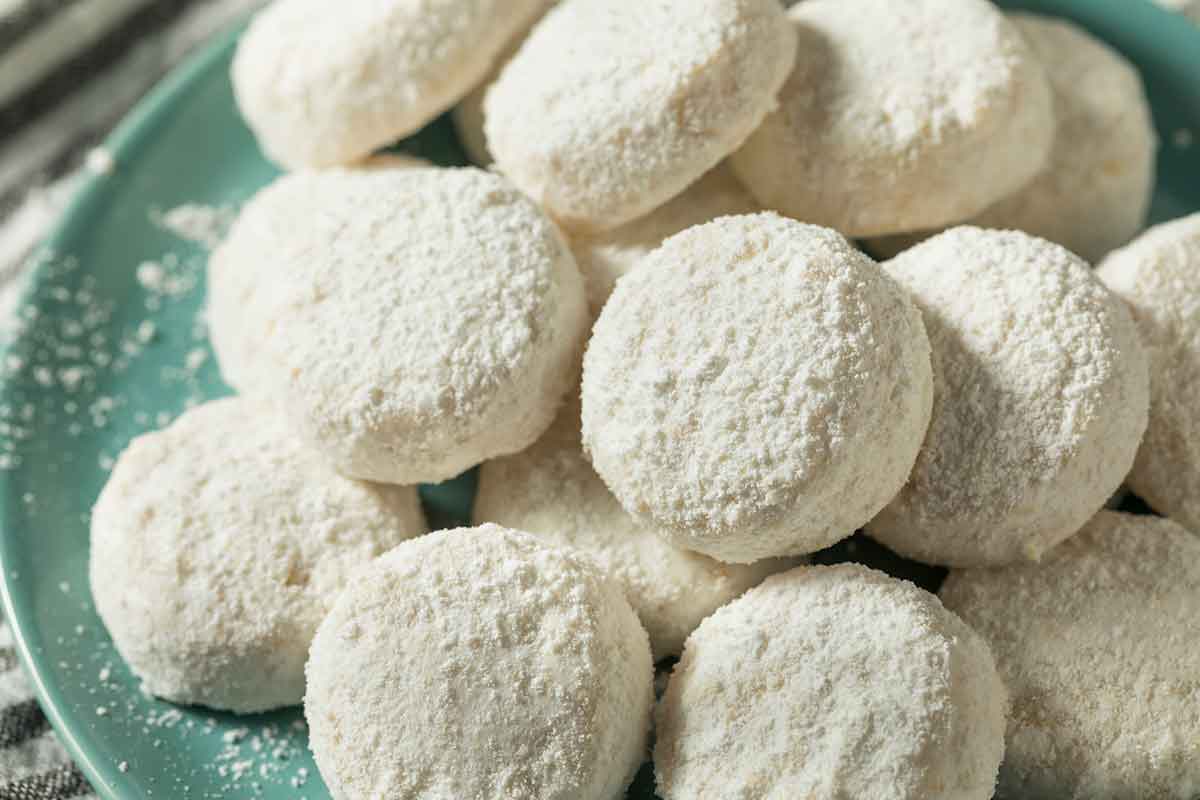




Hi there! Just wanted to let you know how much I enjoyed reading this post. Your approach to the subject was unique and informative. It’s clear that you put a lot of effort into your writing. Keep up the great work, and I can’t wait to see what else you have in store.